The Private Library
The History of the Architecture and Furnishing of the Domestic Bookroom
 by Reid Byers
by Reid Byers
“The strange English custom of the after-dinner retreat of the men into the library served two purposes. Initially it allowed the men to piss into a chamber pot without the ladies present, and later, it provided a systemic way of keeping women out of important conversations. Neanderthals, out this way, if you please.”
Your library may contain a chamber pot, but surely you use it for something other than…?
If, in fact, you do not have a library, and instead follow the cues in shelter mags and arrange your books in artful stacks on the floor or in the unused fireplace cavity, or if you do have a library but shelve your books by color (wild cackling and booing from the gallery) or stack them sideways as makeshift pedestals for nicknacks, then you will simply not relate to this book. Which is fine, because it keeps selling out in a blink and is already on its third print run, each with some corrections to the previous. This is a book for people who live with (and sometimes for) books, not decorate with them, in fact may even go so far as to rearrange the landscape outside the library windows to create a particular effect.
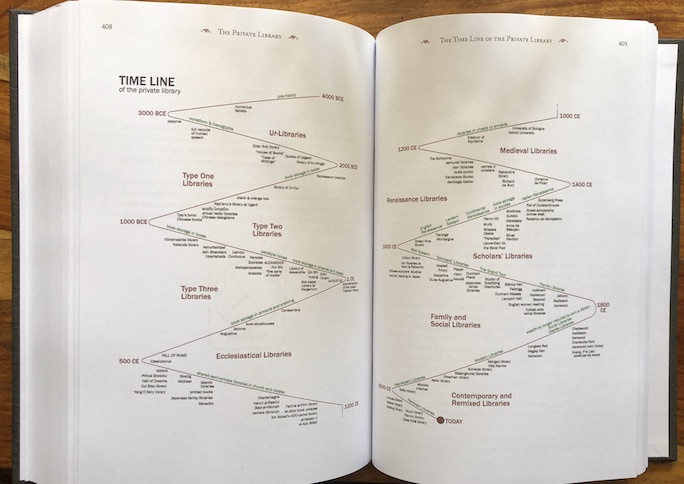
From the archly pragmatic (assuming equal floor footage, a library with round walls holds only half the books than one with straight walls; a 40 ft shipping container kitted out as a library can hold 5000 shelved books) to the charmingly anachronistic (paperweights, library ladders: pro or con?) this book takes you deeper than any flimflam lifestyle magazine into the rabbit hole that is the private library, the space in which to be “wholly imbooked, beshelved, inlibriated, circumvolumed, peribibliated: book-wrapt.” Cleverly, the book’s Index contains an entry under W: “what this book is not about,” which is in fact also the title of an early section.
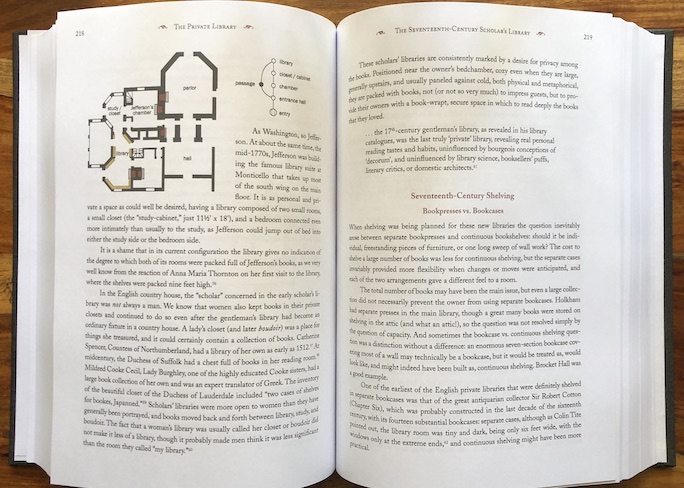
You will want to watch the “Downtown Abbey” tv series or movies again, and form a good memory of the Great Room. Why? All will be revealed . . .
While the book covers many supremely practical aspects of the “architected” i.e. task-specific or even purpose-built library (such as orientation, light, book and display cases etc.) it goes far beyond that, which is evident right from a few words in the CIP description that are not present in the subtitle: “. . . from around 2700 BC to the present.” 2700 BC, that means early civilizations such as Sumer and Babylon, and Byers methodically discusses archeological and historical evidence for when and how and why people first started writing (chiseling) things down and how records and record-keeping then begat, in addition to “official” depositories, private libraries, first for scholars then families. Looking for a transportation angle (other than how many camels it takes to transport a library)? Steam locomotive ->easy travel ->countryhouses ->require spaces in which to entertain/show off/retreat from the noisy world ->etc. pp.
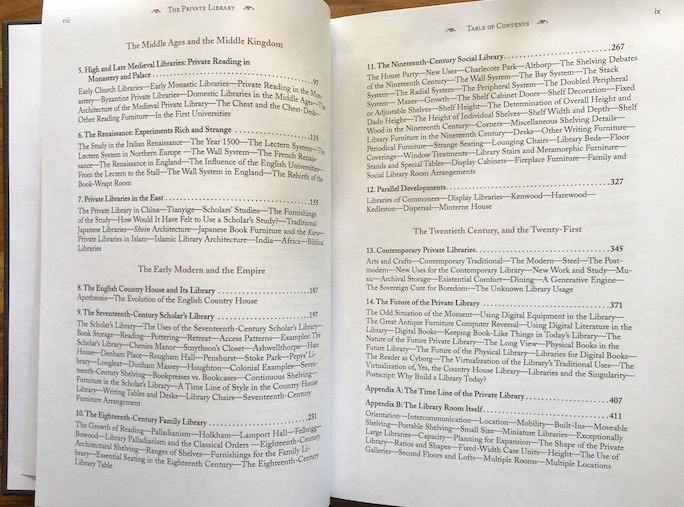
With a TOC this finely parsed of course there will be chapter notes, and a list of Works Cited, and a mammoth index, also plenty of illustrations.
The Table of Contents may look daunting but as scholarly as the book is, it is entirely unstuffy. Nothing is said about the author’s background but he himself insists, self-deprecatingly, that he is “the wrong person to write this book.” Well, he did come to the subject in a roundabout way—wanting to add a library to his house and not finding a decent book about it—but as both a Presbyterian minister and an IT professional (plus stints as journalist, welder, TV newscaster, choral director, Navy sailor) he has an inquisitive mind and the intellectual discipline to run down information. Moreover, he is a bibliophile and what friend of the book could take lightly any of the 1001 aspects of living with books? Speaking of which, it is surely not coincidence that the publisher is Oak Knoll Press who specialize in bibliophile books and books about books, and, through the offshoot Oak Knoll Books deal in antiquarian books.
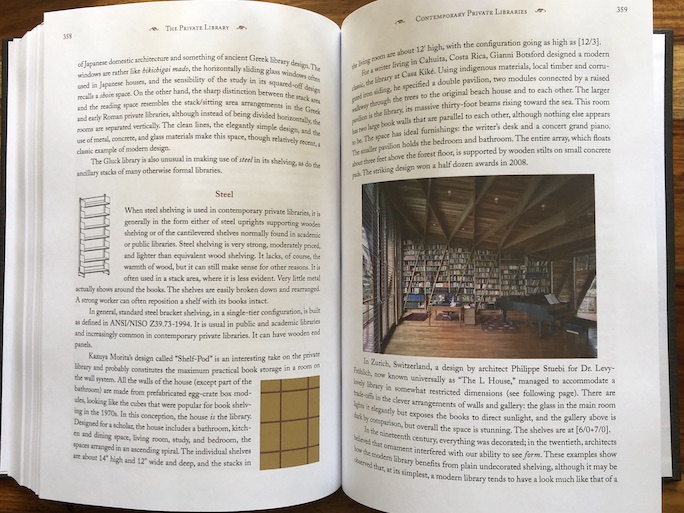
Whether it’s the ANSI spec for appropriate steel shelving or how the Greeks and Romans separated the stack area (book storage) from the sitting area, everything is considered. Byers even offers thoughts about the smell of a library. One thing that is discussed only in passing is the weight of books. Unless your library is at ground level and on a slab, ignore this issue at your peril. This one book weighs almost 4 lb; if you have 1000 books and each weighs 5 pounds you have . . . 2.2 tons. That’s like parking a car on your floor boards/joists!
There’s an elephant in the room . . . does the printed book, and thus the private library have a future? Byers’ IT background becomes eminently relevant here and he devotes an entire chapter to raising issues even the glass-half-empty crowd (who, spoiler alert, will be proven wrong) won’t have thought of yet.
Copyright 2022, Sabu Advani (speedreaders.info)


 RSS Feed - Comments
RSS Feed - Comments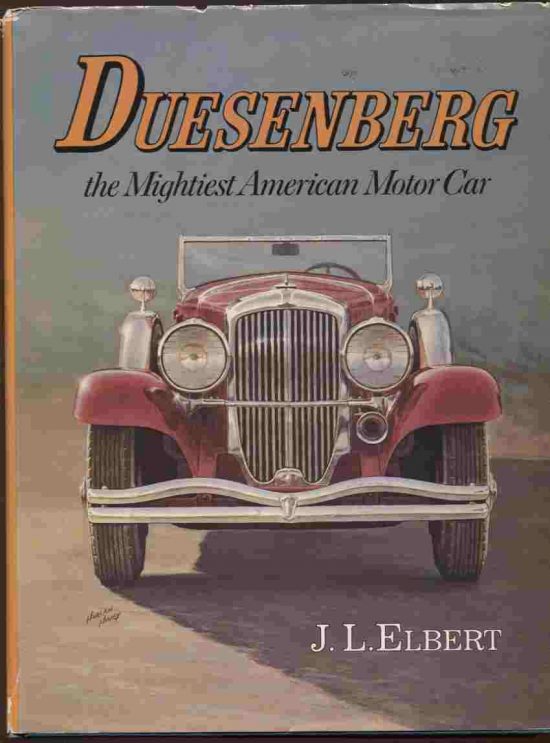
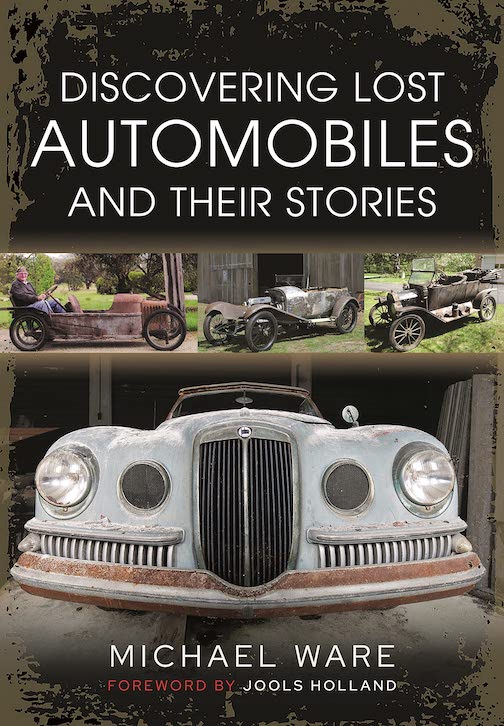
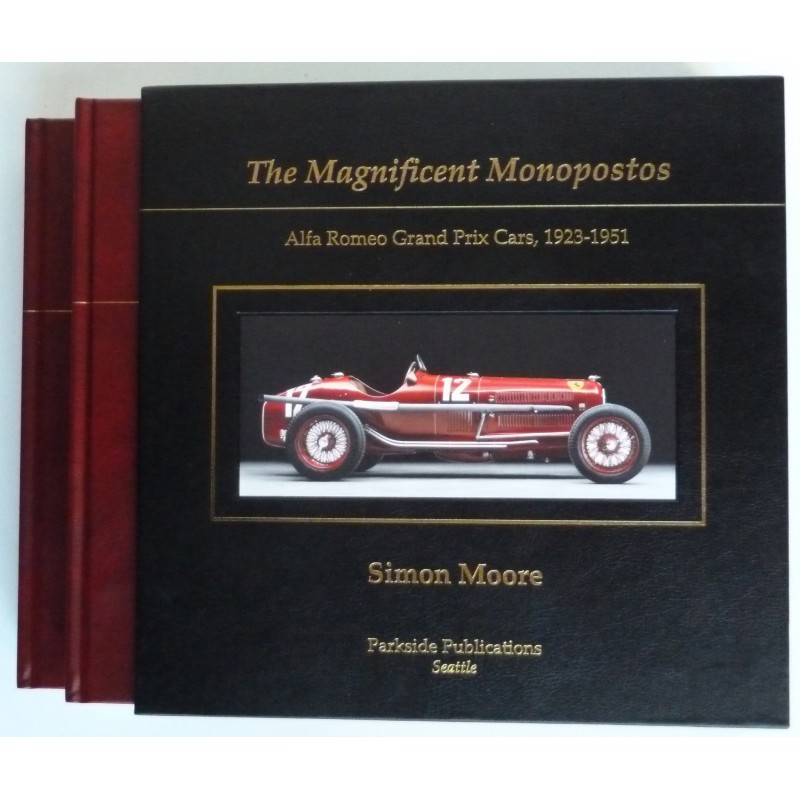










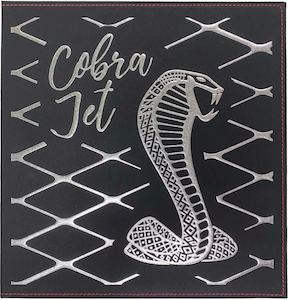





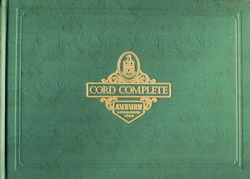

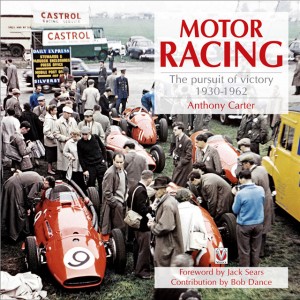







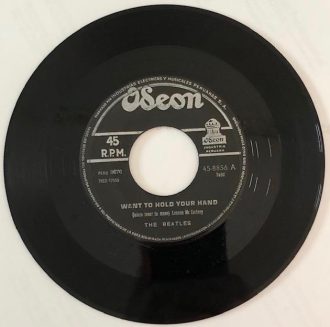

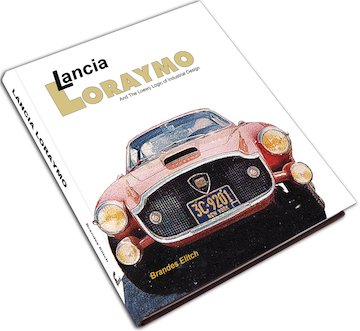



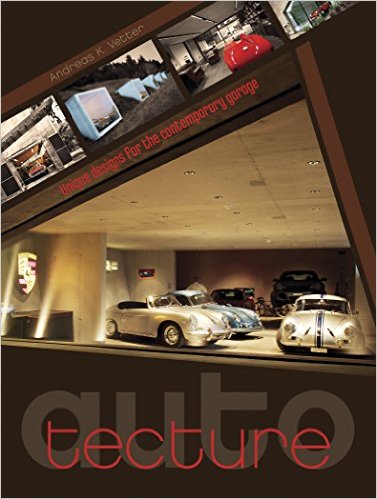




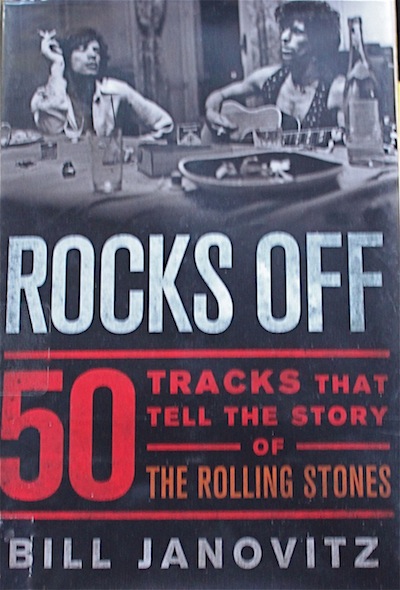
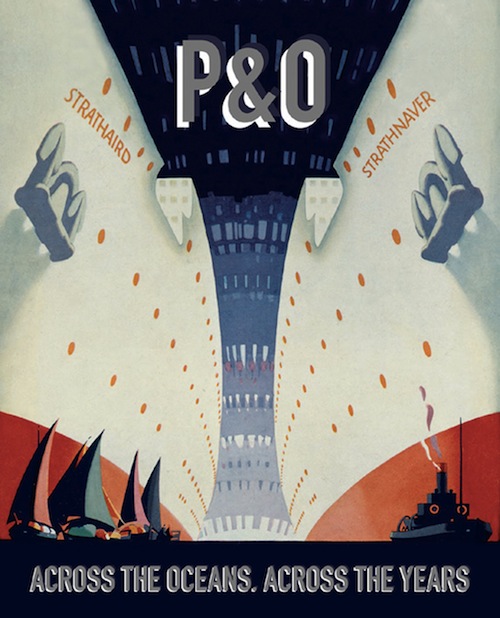





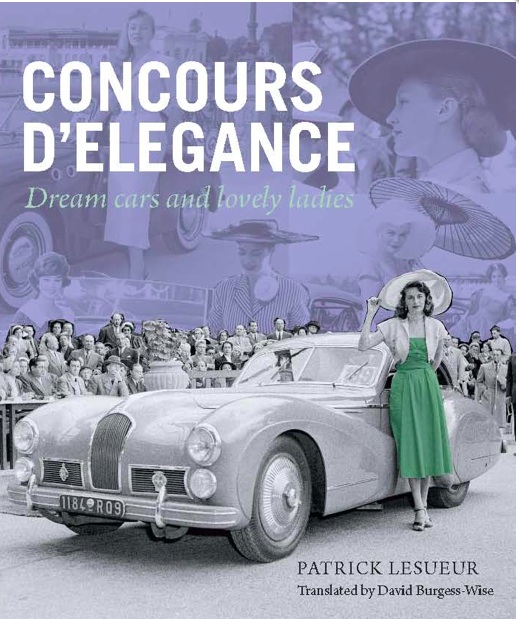

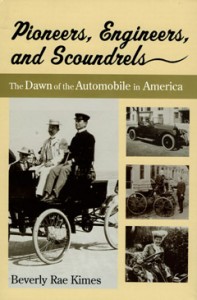
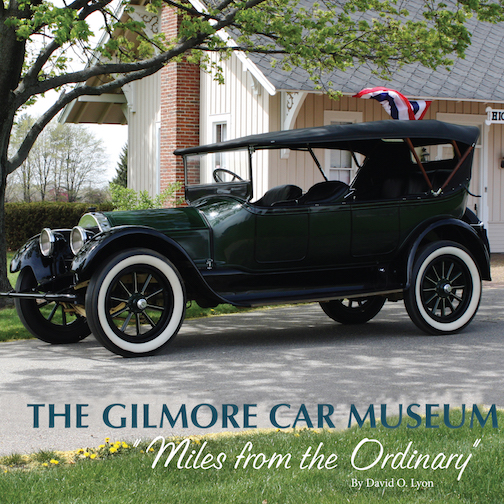


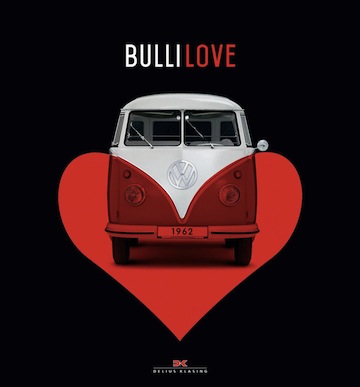



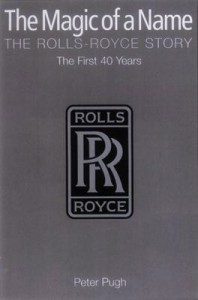




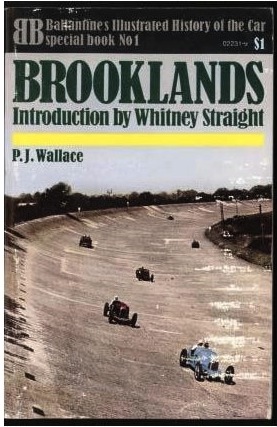


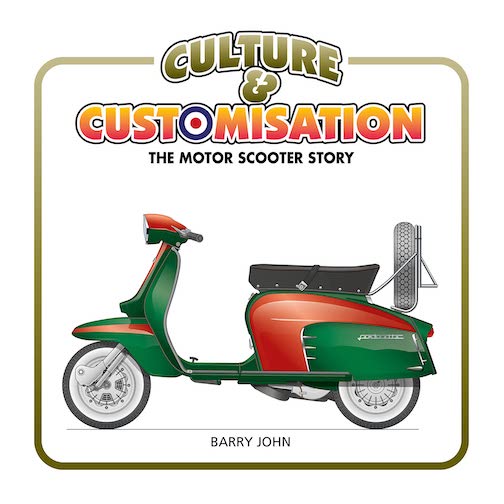


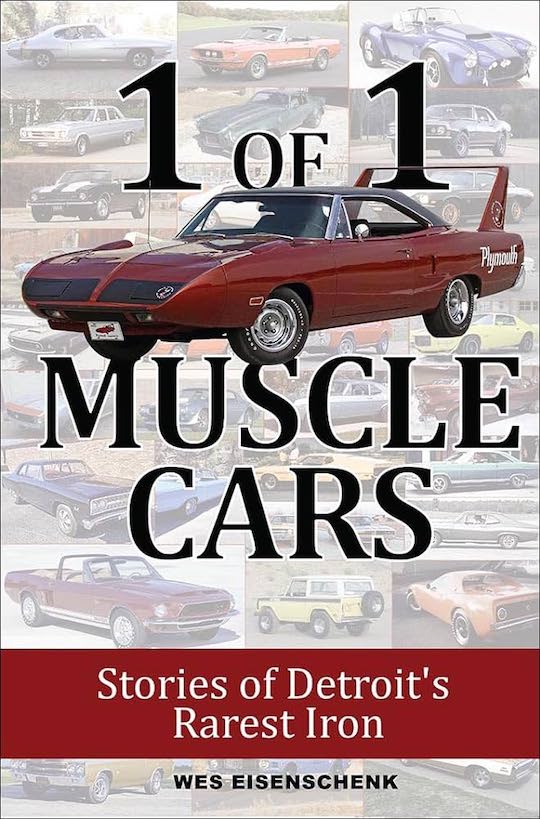


 Phone / Mail / Email
Phone / Mail / Email RSS Feed
RSS Feed Facebook
Facebook Twitter
Twitter
Thank you for the interesting review! I’m glad that I read it.This book was written for me. I have to admit that my attic library though neatly arranged and cataloged has only 2,500 books not the 5,000 given in this review of Private Library…by Sabu Advani. I’ll add it to my reading list. Janet